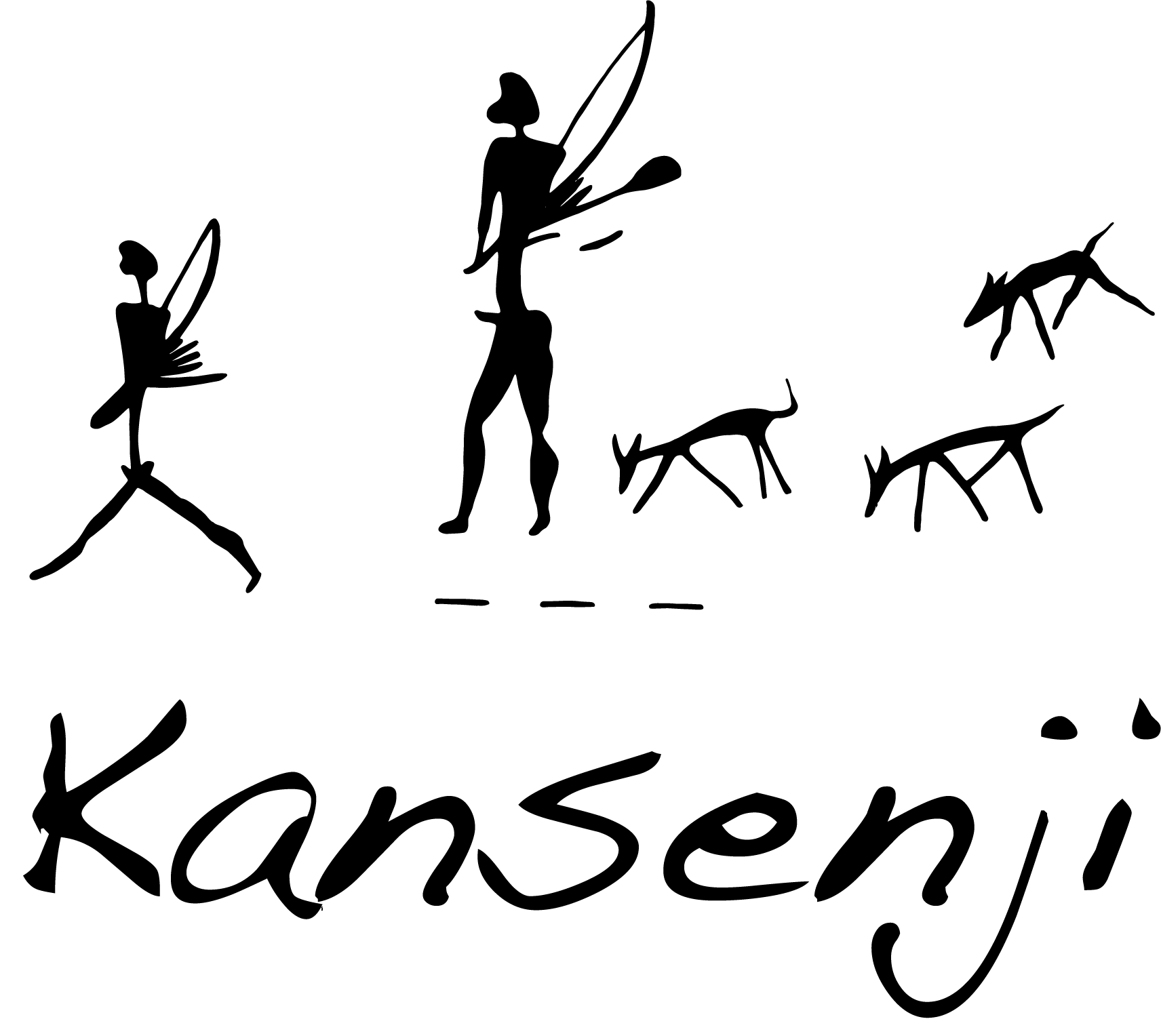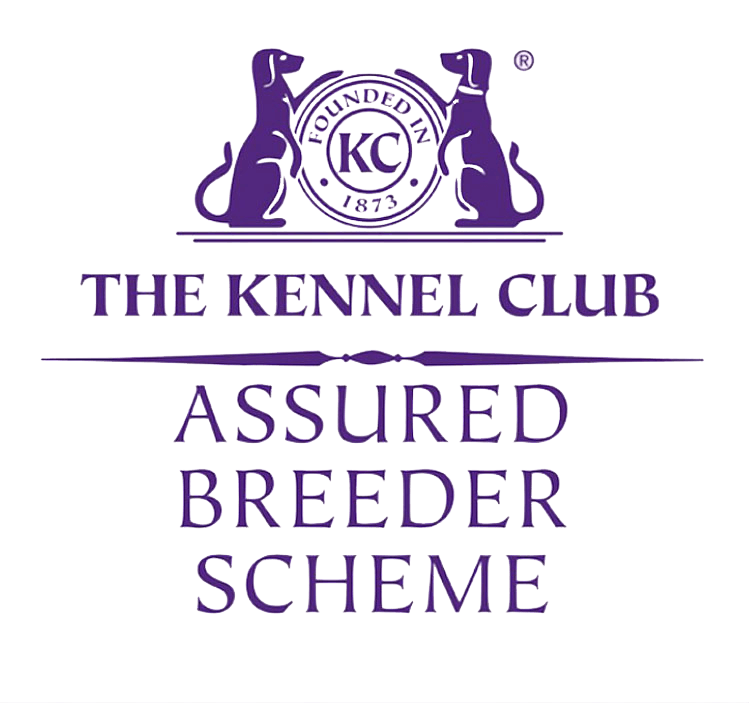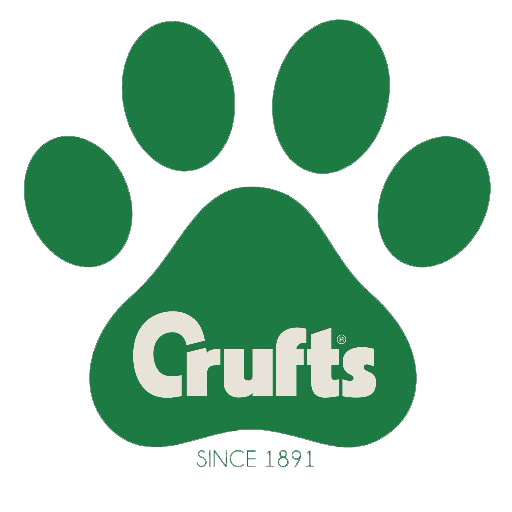Kansenji Safety & Training
Priority for the puppy’s development at this stage is:
- Socialising. Other dogs and animals, people.
- Core behavioural training. Rules & expectations.
- Mental wellbeing. Not anxious, bored, frustrated.
- Exercise.
Safety:
Firstly, Coronavirus
precautions and recognising the risks when we are with our dogs:
Although in this Pandemic, Covid-19 has been detected in the dogs of infected humans, it does not affect the dog. However it is not certain that the virus cannot be passed from the surface of a dog to a human in contact with it. Although the virus can survive on smooth non-porous surfaces, potentially for days, it is not able to survive as long on porous surfaces as it is absorbed into them and dies quickly. Infection from dogs is therefore considered Low Risk, but fomite transmission isn’t zero.
Three easy to remember factors that increase our safety from danger are:
TIME
- Where we are in the time taken to run the full cycle.
DISTANCE
- How far you are from the source of contact.
SHIELDING
- How well physically separated, e.g. indoors or your enclosed garden.
The key to preventing the transmission of the virus is “distancing”, where the inverse square law is applicable to staying safer:
If at 2m the safety from the virus is 4 times safer than at 1 meter, then:
Double the distance, e.g. at 4m the measure of safety over that gap is 4 squared, i.e. 16 times safer than at 1 meter! (+/-).
It makes sense to be that bit further away from other people and their dogs.
So when you walk the dog anywhere, keep more distance from any other people and don’t let the dogs mingle, but pass within several metres of each other. Remember, they have good senses, so can see and recognise their own species etc. more by smell and can do that from hundreds of metres. That counts as some socialisation for them. They do not need to greet each other like humans shaking hands!
Keep your dog on a lead in any open space during this crisis. You may think it is good to let them off the lead for a run about, but that is not recognising the risk of you being dragged into the close proximity of others. You can only do this where you are 100% certain the open space is completely bounded and void of distractions.
Also, if a dog does bolt and run off, you will not necessarily get the normal resources to help find it, so avoid it potentially getting lost in the first place.
Long lines and extending leads are sensible at this time and should be secured to you.
Puppy Development:
Socialisation opportunities, e.g. classes are impossible at this time. However you can supplement this with as much interaction in the house with different people, activities and other pets, even the TV.
Different family members should take turns playing, feeding, exercising and generally interacting with the dog, so it doesn’t become over attached to one person and is comfortable with any circumstance.
Encourage the dog to learn to wait etc. and do things “nicely”.
Get the dog used to its food being lifted or moved as a natural occurrence, so it knows it will get it back. (Discourages it from rushing or grabbing food).
Keep varying games, i.e. don’t always play the same game , e.g. fetch the ball.
You can use “ring craft” training in a relatively small space to both exercise and encourage the dog to better loose lead work. This gives the dog more to focus on and so it will be less bored or frustrated.
This is my “random pattern” walking exercise:
(see video below)
Visualise a path you will take in the garden, it should comprise random turns both left and right, even 360 deg.
Walk that path with the dog purposefully and constantly taking to the dog, to both tell it what you are expecting and praise it. (Imagine you are showing the dog).
This exercise keeps the dog thinking and concentrating on you and the task, as well as improving it's lead work.
Do not lead / bribe it with treats.
Do not give it a treat for everything it does, it only needs your praise and recognition from you.
Reward treats should only be given at the end of a significant part of the task.
Let the dog watch TV, including animals etc. so they are comfortable with the proximity. They do recognise what they see as real.
These activities will help with all four of the puppy development aspects, while normal activity is restricted.
Good luck and have fun.


